The Everest Base Camp trek starts in the village of Lukla, which is at the maddest height of 2860 meters. It continues, on a ten day walk to the base camp of Mount Everest at an elevation of 5,364 meters (17,598 ft).
This trek is within a similar level of the Annapurna Circuit trek. Although most of the difficulty in the Annapurna Circuit is before and after Thorong La Pass. In Everest Base Camp trek, it is spread through the whole route.
The journey begins with the 30 minutes flight from Kathmandu to Lukla. For many people this would be the shortest flight they have ever traveled on and an exciting departure to a journey. This flight takes you to the Khumbu region of Nepal. The plane flying from Kathmandu to Lukla has no radar system on board. So they cannot know if the weather condition is suitable where we will be landing, due to this, long delays occur regularly.
Lukla has the variety of shops in large where one can have basic western style meals and pickup any last minute items for trekking and climbing ahead. There are many restaurants at Lukla so you can have your meal before your first day of trekking. A typical menu of Lukla will have large variety of food. People usually avoid eating meat here onward, as there is no good cold storage and possibilities of getting a sick stomach are very high.
Contents
Route to Everest Base Camp trek
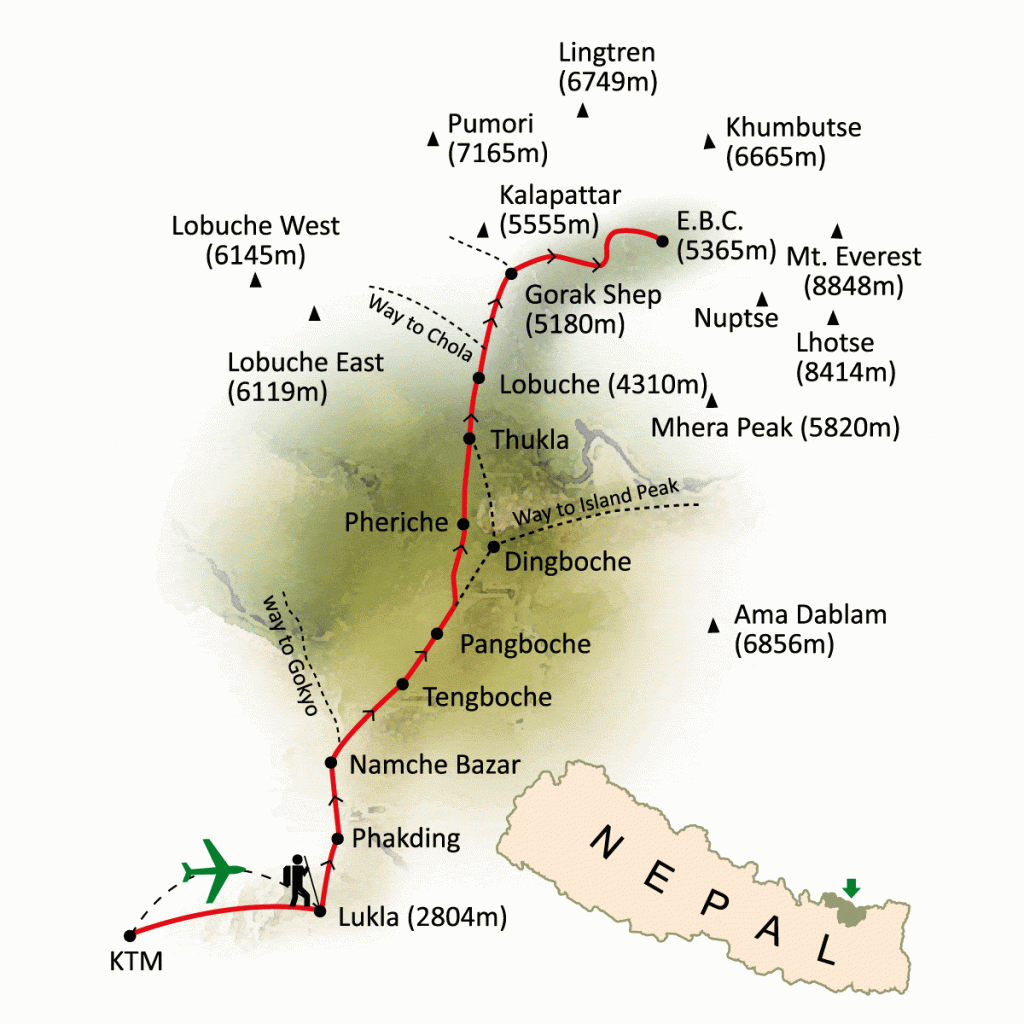
Day 1 – From Lukla to Phakding
The first day of the Everest Base Camp trek, starts in Lukla and goes to Phakding. It should take 2-3 hours going at a slow and steady pace. The trek starts with the gently climbing of the hill side on the left bank of Dudh Koshi River, which provides a lovely view from most of today’s walking. You’ll be almost 200 meters above than you’re at Lukla. There is a large amount of accommodation available at Phakding. The quality is very basic, the room comes with: a bed, a mattress and a pillow. There are no electrical sockets and toilets are shared (You may find few lodges with electrical sockets and attached toilets).
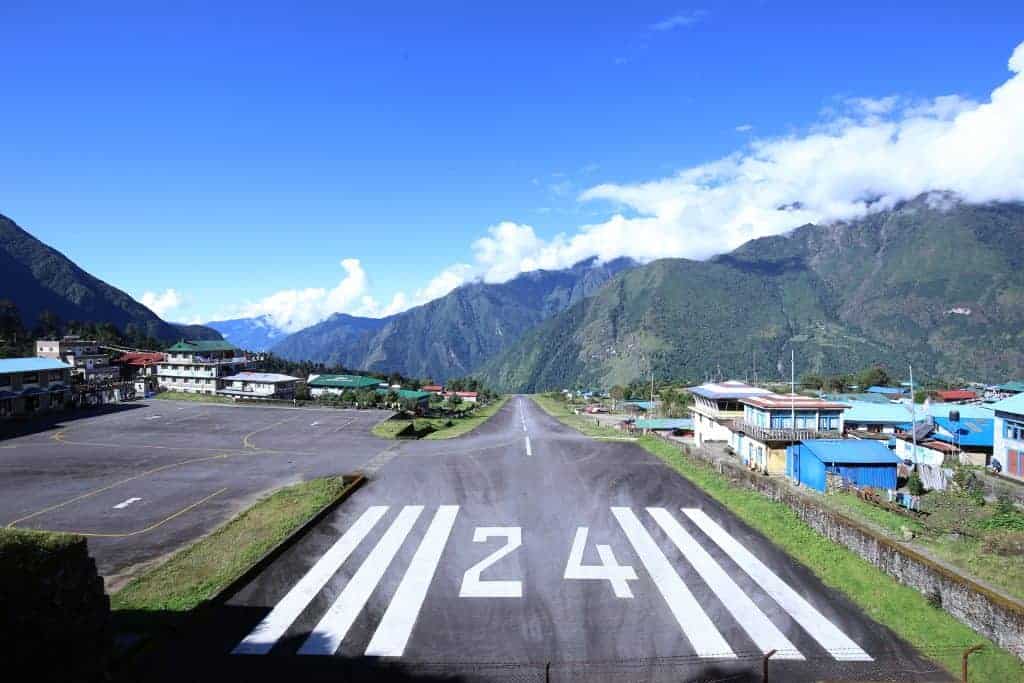
Day 2 – To Namche Bazar
Today’s trekking will take between 5-6 hours depending your fitness level. The journey from Phakding starts after very easy following the Dudh Koshi river valley. You will be surrounded by rhododendron forests (the national flower of Nepal). There are several small villages along the way to stop for food or drinks.
As you leave Monjo (2,835 meters) in the direction of Namche you’ll enter to Sagarmatha National park. Here you’ll find a checkpoint and the entry point, where you’ll have to get the permit to enter the park by paying the government appointed rates for entering the National park. You can get the permit in Kathmandu and make sure you’ll carry the permit slip.
Several times you’ll have to use suspension bridges to cross the Dudh Koshi River. Locals have decorated the sides of the bridges with prayers’ flags, although there is no need for prayers, as the bridges are made of steel and are secure. Jorsalle (2,740 meters) is the last place, before you reach Namche, to refill your bottle with water and grab some food.
After a short walk from Jorsalle, there’s a suspension bridge to cross and after this the trek gets surprisingly difficult. The walk to Namche is very steep and continuously upwards, there is no lower or downwards walking. This section of the walk may take two or more hours. People of average fitness may find that they can walk several minutes only and then need to take a short break to catch their breath up. At this altitude your body will notice the lack of oxygen in the air. It would be specially noticed if you attempt things like running upstairs or exhort your body in anyways.
As you reach Namche, you’ll have to pass a police checkpoint, where they will ask for the trekking permits and tickets you bought at Sagarmatha National park entry point.
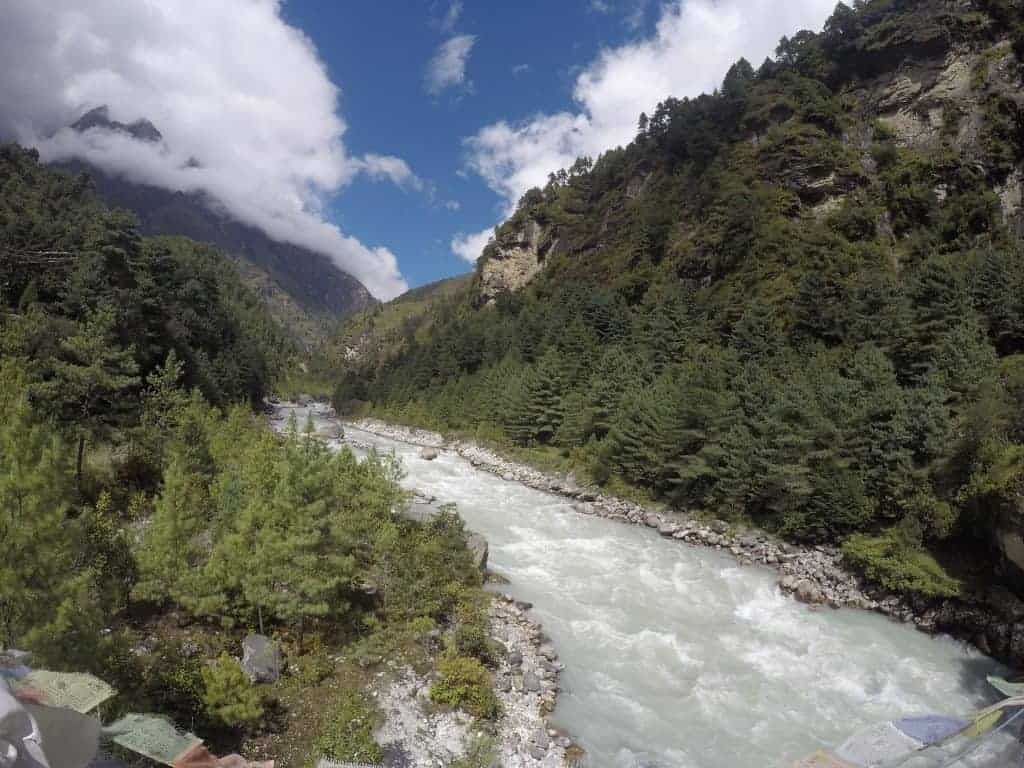
Namche Bazar is the most important town in the Khumbu region, the land of Sherpa people. This town is located at 3,440 meters above the sea level. After the difficulty of the last day one will feel the rest day at Namche is well deserved. However, the idea behind the rest or acclimatization day is to climb high during the day and sleep lower. This will help your adjust to the altitude more easily.
A market takes place every morning (Friday & Saturday all day) in the town center, many traders come from surrounding villages to make their living here. Almost anything you need to buy for the trek can be purchased here. Items like down jacket, sleeping bags, shoes, gloves, socks, creams, lip balm, tissue paper, maps and water. Namche Bazar has many internet cafes and good internet facilities. The village also contains a few popular bars, clothing stores such as ‘the north face’ and a German bakery, well known in the region for providing good quality western food, including pizza. Few café’s and bars show documentaries and movies from 3 pm onwards.
Day 3 – Acclimatization in Namche Bazar
Acclimatization day at Namche, where on the day time you can hike to the Everest view point. It is possible to go to Ama dablam view point (3,880 meters) or Khumjung village (3,790 meters) as well.
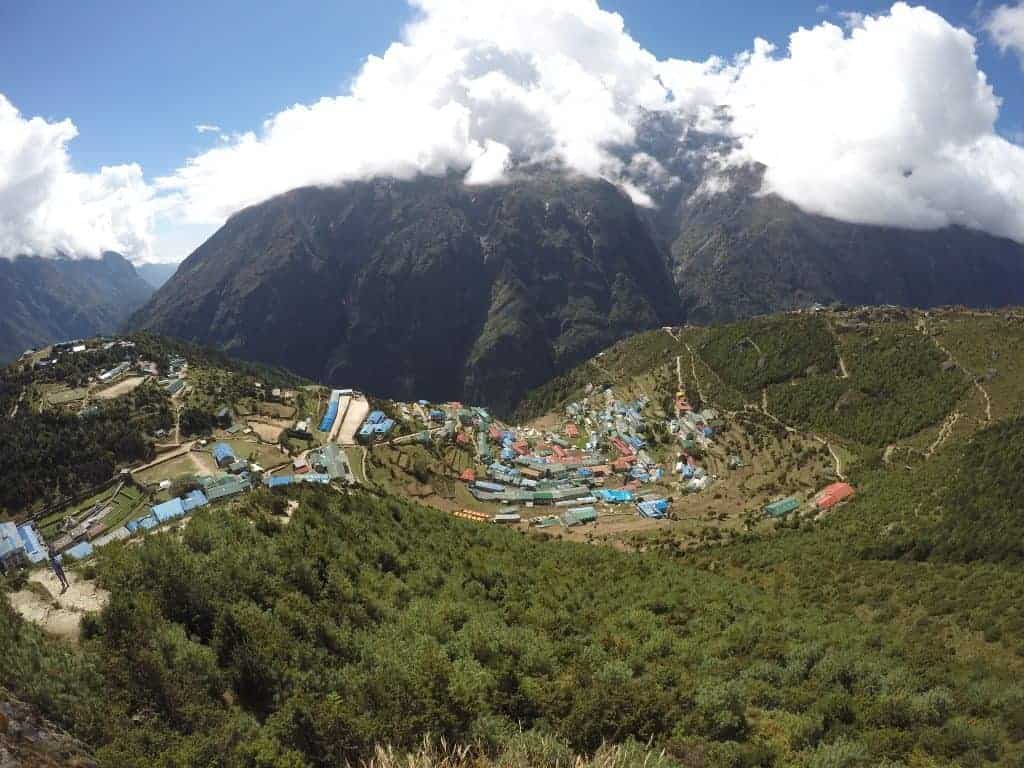
Day 4 – Continue to Tengboche
The walk from Namche to Tengboche (3,867 metres) should take between 5-7 hours. It begins with a steep and tiring walk up out of the village. The hustle atmosphere quickly changed with the sound of wind and yak bells. Yaks are the main means of transporting the goods to the upper elevations. Tengboche monastery can be seen in the distance on a clear day, as well as the Everest.
After about 20 minutes walking the ground level, one often finds his/her pace increases. After an hour or two of easy trekking, you have to walk downhill losing much of the altitude you gained over the last day. But the altitude that was lost must be gained with a tough two hours uphill walk.
Most people stop at this deep point, Phunki Tenga (3,250 meters) for their lunch to make their final push to the Tengboche. The price of bottles of soft drinks here might be 50% higher than that was in Lukla. Although meals like rice, soup and bread will be mostly the same. The lack of oxygen in the air is really noticeable at this stage, only the Sherpas and locals seem to be able to scale the steep hill at a reasonable pace. Everyone else is choosing it to be slow and steady.
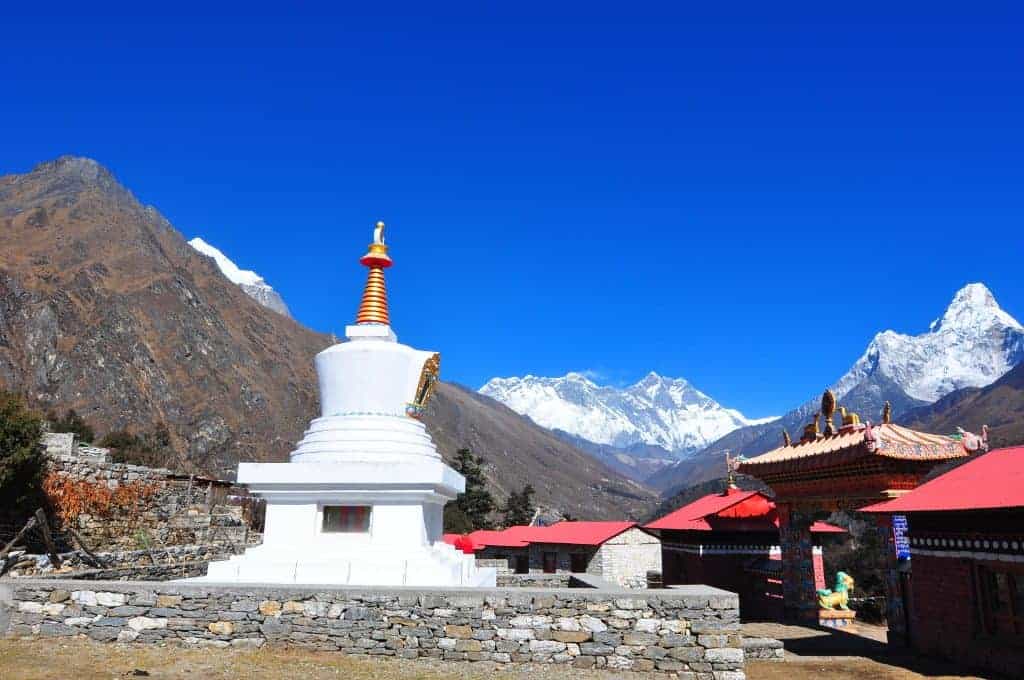
Tengboche village is located at an altitude of 3867 meters. In the village, there’s an important Buddhist monastery, the largest in the Khumbu region. The structure was built in 1923 AD. From here the great views of Everest and Ama dablam can be seen. All the traffic heading towards Everest passes through the center of Tengboche. So, its a great place to relax and watch all the yaks, porters and trekkers go about to do their business. There is a large green area in the center of the village for camping and several lodges/teahouses to choose from.
The quality of the lodges is a little lower here than in Namche. Most people eat their dinner by 7:00 pm and go to bed. There’s a bakery in the center of the village. The Buddhist ceremony starts at 3:00 pm in the monastery every day.
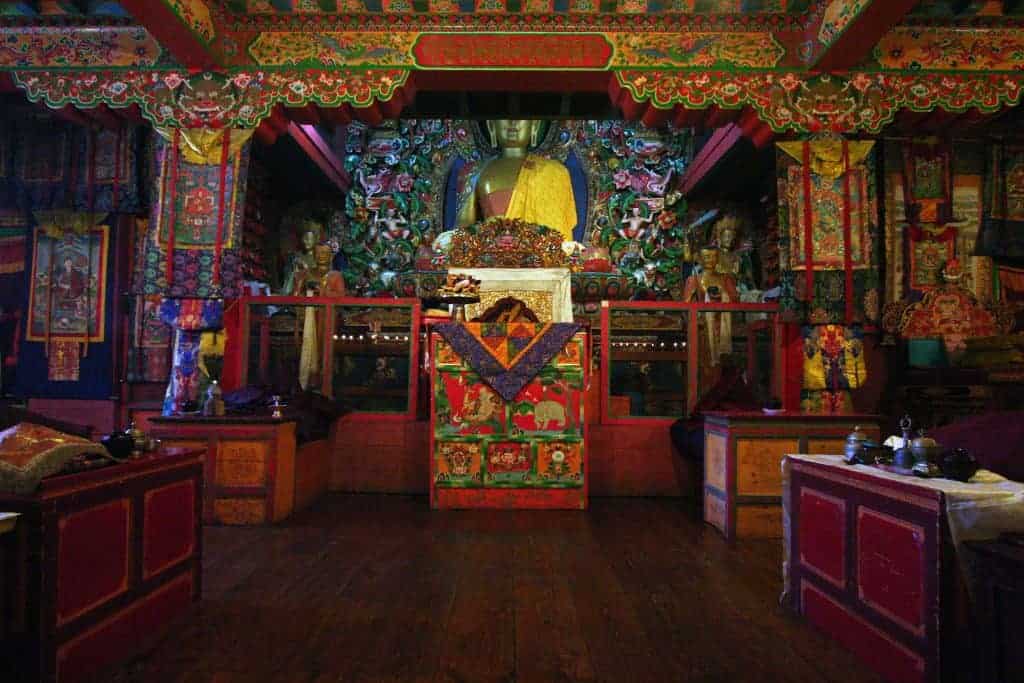
Day 5 – To Dingboche
The walk from Tengboche to Dingboche starts of gently sloping downhill but sharply after crossing the river, spending most of the day walking along the river valley. There are some lovely family run teahouses to stop in along the way, serving up tasty drinks like hot lemon or yak milk tea. Overall it is an easy but long day trekking, the journey taking up to 6 hours. At this altitude many people will suffer mild headaches and shortness of breath.
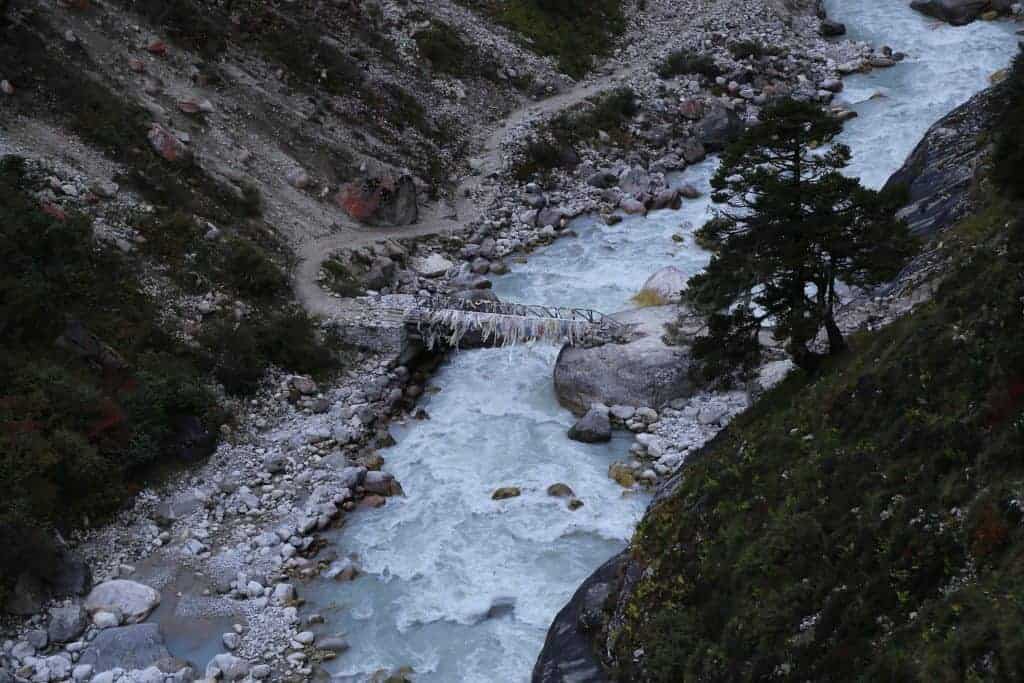
The village of Dingboche is located in Chhukung valley at an altitude of 4,530 meters. Trekkers usually spend two nights in Dingboche for acclimatization purposes. The village relies heavily on tourists with large tenting areas comprising most of Dingboche. The Imja River flows directly east of the village. Most people choose the rest day hanging along the village. There are few bars here with pool table and good internet facility of Everest link.
Day 6 – Acclimatization day at Dingboche
Acclimatization day at Dingboche, where on the day time you can climb to the Nangkartshang Peak (5,000 meters), just north of Dingboche.
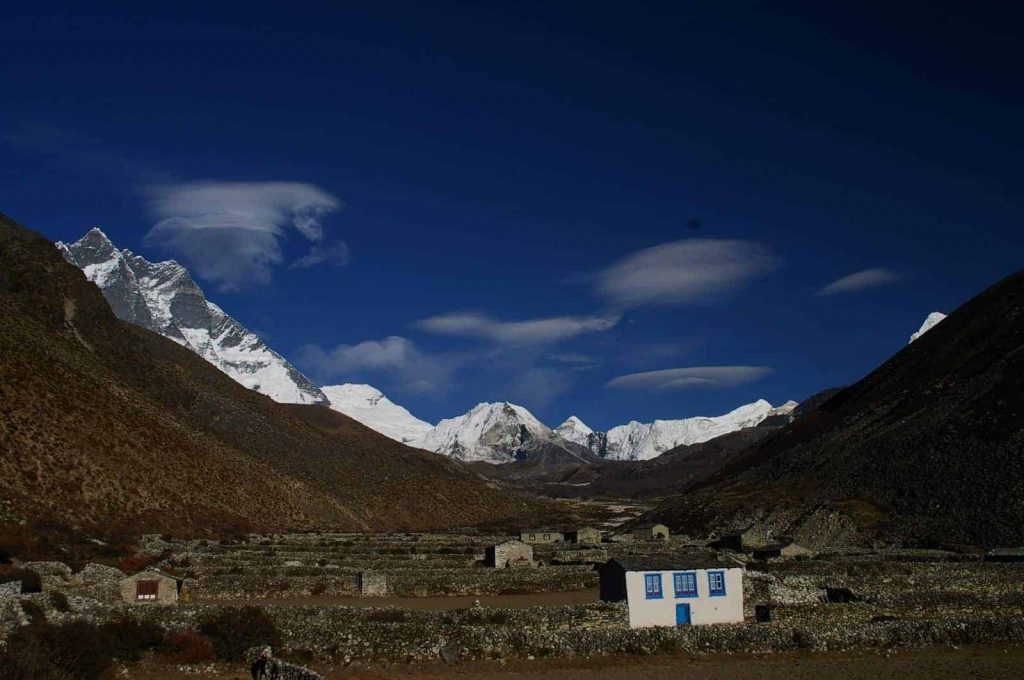
Day 7 – Walk to Lobuche
The day starts off with the steep climb up of the hill providing the great view down to the Chhukung valley with island peak visible at its end. Most trekkers take a short break here and prepare for long march ahead. Today’s walk could take up to 6 hours or more depending upon how the altitude affects you. As you walk along the side of the valley you look down to left of the base you can see the small village called Pheriche (4,371 meters). There is a medical center for emergency treatment, for minor illness there’s a fixed charge, this charge enable the doctors to treat the locals for free.
Most of the walk today is along relatively flat trail. There are few signs of civilization along this route so if you need to be refreshed with a drink or some food do so at the nearest available teahouse. For the last hour or two, the ground becomes steep and rocky until you reach a small village called Lobuche (4,940 meters).
Compared to places like Dingboche or Tengboche there is not really much here, few teahouses and a camping area make up Lobuche. The village is quite exposed to high winds which cause a lot of dust to blow around the village. Because of this, most trekkers choose to relax indoors or hangout in dining with warm stove. The numbers of trekkers passing through this village can vary greatly and it is common to be no accommodation available. Trekkers may be asked to share a room with a stranger or even sleep on the dining room floor. There is no way around this as the nearest lodge is many hours walk away.

Day 8 – Rocky path to Gorakshep
Today trekkers have to walk a little over 5 kilometers, it does not sound like much but at this altitude it may take anywhere up to 5 or even 6 hours. There is no clear path and you’ll have to walk above loose rocks which add the difficulty. The small village of Gorakshep (5,164 meters) is the place to stop for tonight.
Most of the trekkers don’t get a sound sleep here due to thin air and altitude. This small village is located at the base of the peak called Kalapatthar (5,550 meters) which appears as the big brown burn below the impressive south face of Pumori (7,138 meters). Many trekkers in the region to Mount Everest will attempt the summit Kalapatthar, since it provides the most accessible point to view Mount Everest from base camp to peak. The peak cannot be seen form the base camp, due to the structure of the Everest. From here you can see the peaks around the Khumbu region in 360 degree. One can climb the Kalapatthar in early morning for sunrise or at any time for spectacular view of the mountains.
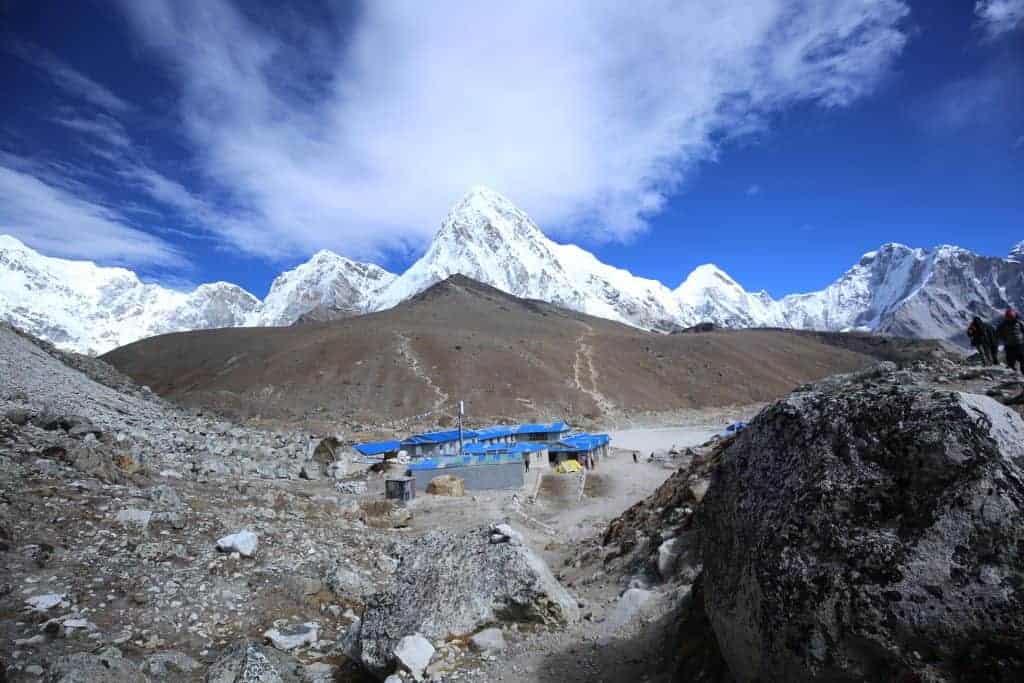
Day 9 – Everest Base Camp
The final part of this trek the 2-3 hours walk to base camp (5,364 meters) is difficult and dangerous. There are several crashed helicopters in the base camp region because the air is so thin at this altitude, that landing and taking off can be difficult. Unlike the rest of the trek there is no path to follow here. You will have to follow the footsteps made by earlier trekkers.
The journey takes over as the Khumbu glacier finally ends at the base of Khumbu icefall. You can see you are at the base camp when you’re looking up the Khumbu icefall. The icefall is regarded as one of the dangerous stages of self col route to Everest summit. Depending on what time of year it is you may see the tents of the support crews for climbers attempting to summit Everest. The months of April and May being the busiest time at base camp.
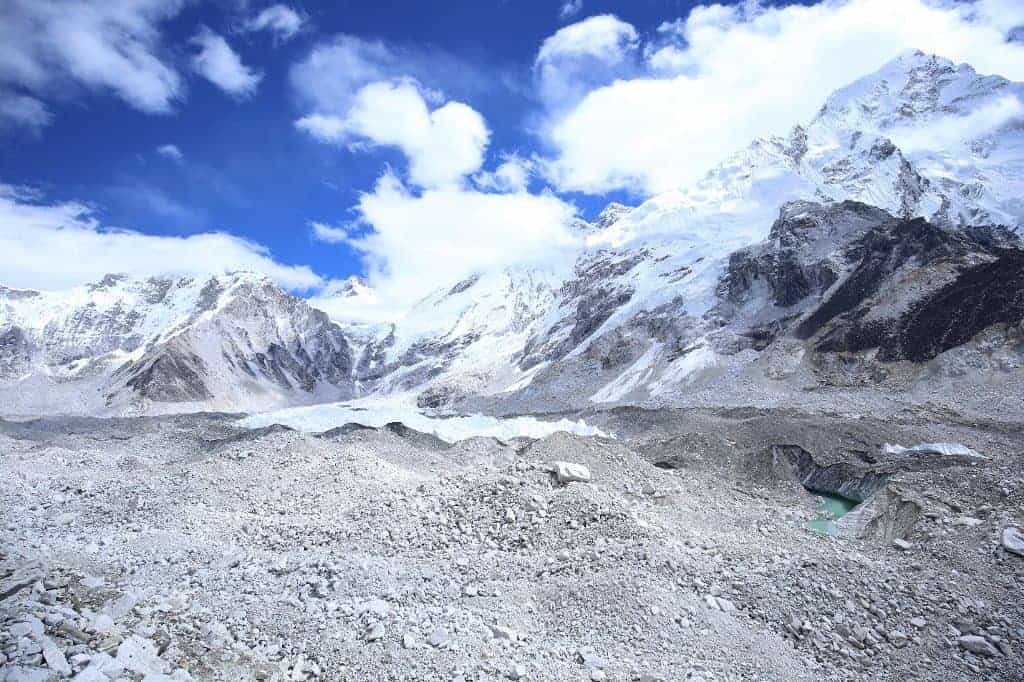
After the trek to base camp and Kalapatthar you can return back towards the lower altitude in the same trail separating just after the Lobuche on the direction of Pangboche village (3,985 meters) through Pheriche village.
Day 10 – Undoing the trek until Namche or Monjo
On this day you can come down lower towards Namche or Monjo via. Tengboche village.
Day 11 – Lukla, beginning and end of the Everest Base Camp trek
The last day of the Everest Base Camp trek is a pretty easy one. Where you’ll trek to Lukla for final flight to Kathmandu next day.
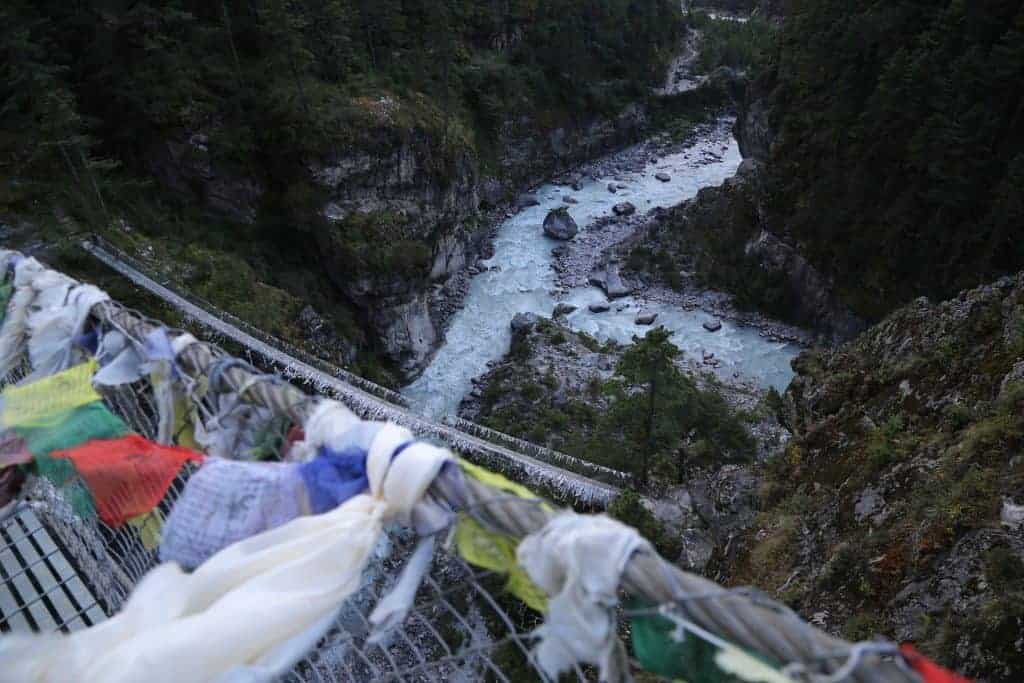
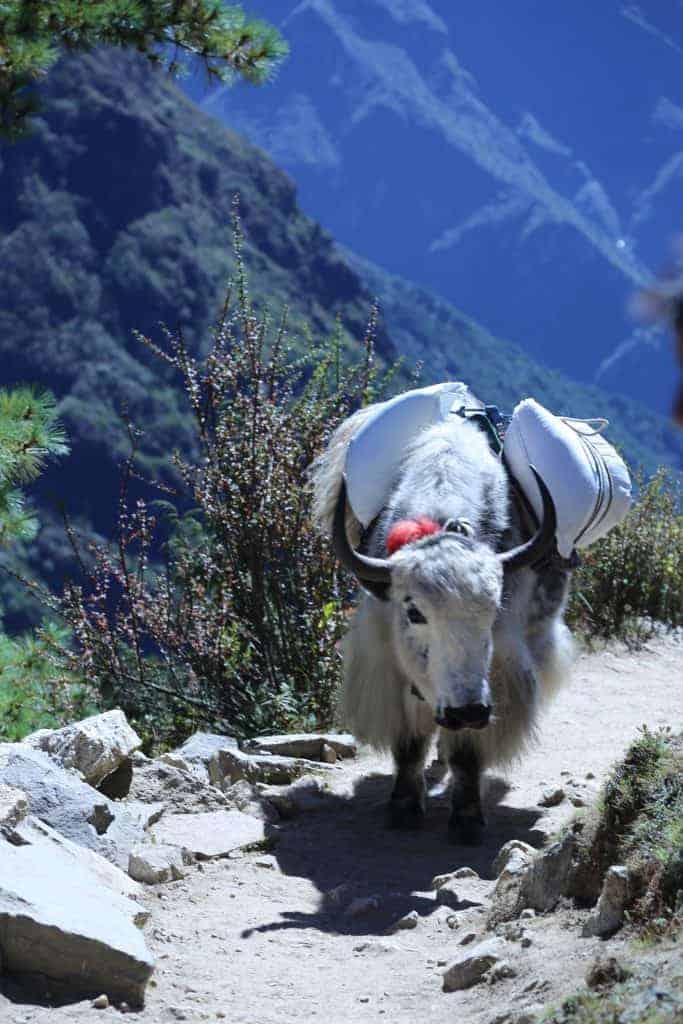

Hiring an official trekking guide?
However, if you read this article and don’t feel so sure to do it by yourself, and you want to hire a guide, I can vouch for Mantra Adventure trekking guides. They are official trekking guides and do treks all around Nepal. Not only the Everest Base camp, but the Annapurna Circuit trek too. Actually, I have shared a part of the Annapurna Circuit with one of the guides from Mantra Adventure.
Do you want another opinion about the Everest Base Camp trek?
Planning a trip like the Everest Base Camp trek requires some time, and it generates doubts. Specially for the hikers that are far from Nepal. It’s a long trip, there are things that could go wrong, we don’t know in advance about details like the weather, or if we are on fit for this trek. Because we are aware of this situation, we want to recommend another blog post about the Everest Base Camp trek. We have personally read it and we trust the author. Aside from that, it’s more up to date and there is more details like:
- Several trek itineraries
- Information on how to find a travel agency (although we recommended you one a couple of paragraphs above)
- Detailed weather data and amount of hikers doing the trek for the 4 seasons
Apúntate a nuestra newsletter semanal
Te enviaremos un correo cada semana con el nuevo artículo junto a las novedades de nuestra app móvil de senderismo.
